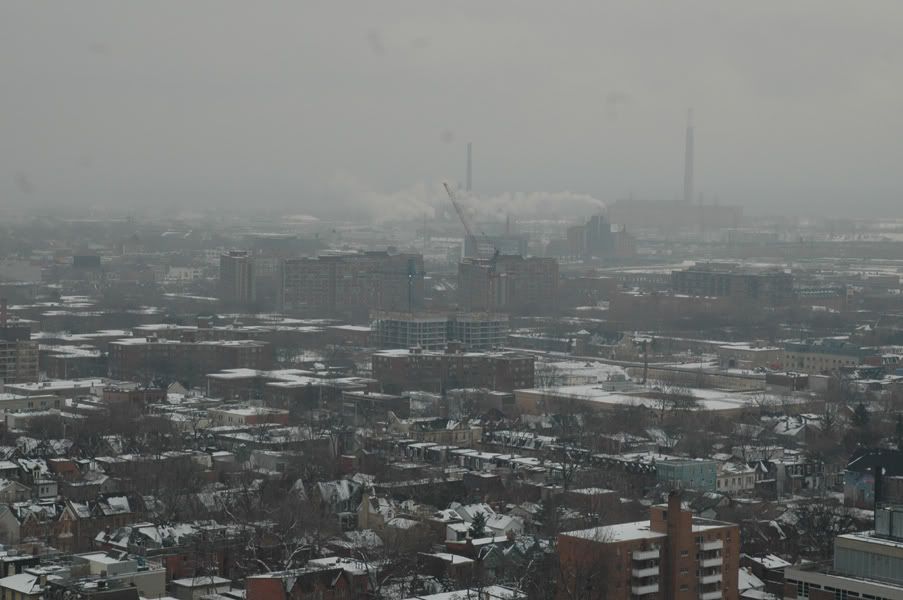Not very in depth, but interesting
**
PAGES OF THE PAST
Regent Park residents `happier, healthier'
Jan 19, 2008 04:30 AM
The story below appeared in the Toronto Daily Star on April 13, 1954, under the headline, "Regent Park residents found happier, healthier"
Regent Park inhabitants are in better health, their morale has improved, children are doing better at school, and a spirit of neighbourliness is developing.
These are among the findings of a comprehensive survey of Toronto's redevelopment project. A cross-section of Regent Park people were interviewed by Ileiena Toews, a public-health nurse and a post-graduate student in social work at the University of Toronto. She worked under the direction of Dr. Albert Rose, associate professor of social work at U of T.
Miss Toews interviewed 62 families in the project last autumn. They comprised 11 per cent of the 547 families then living in Regent Park, a percentage considered to give a satisfactory cross-section.
She also talked to 21 professional people, such as doctors, nurses, principals, teachers and social workers, who have contact with Regent Park. Tenants questioned had lived in their new accommodations an average of slightly under two years.
The survey revealed: common colds are less frequent for almost half the families; infectious diseases are less for exactly half; 31 of the 48 families with children have had less sickness since moving, while seven claimed more.
There was pneumonia among six of the families before moving, but there have been no cases since.
"Their husbands' heart conditions have improved, two women said; and four housewives, two of whom had previously had nervous breakdowns, said their nerves were much better. Those suffering from asthma, arthritis and rheumatism reported their conditions had improved.
Forty-three families said they were more contented than before, 10 were the same, six were less contented and three were unable to say.
Those less contented complained of: supervision by the Housing Authority, noise, the fact rents are scaled to income, loss of back yards they had with their own homes and the prohibition of pets.
Children's work habits at school and at home have improved, teachers reported.
Doctors observed that tenants showed a willingness to co-operate and better control of disease had resulted from teaching of improved isolation techniques. Persons who are ill improve more quickly, they found. An upsurge in morale was noted among the tenants who purchased better furniture than before and improved their living standard.
Miss Toews recommended a vigorous adult education program within the project to engender more community spirit and a ground-floor wing in each building for older tenants bothered by the noise of children.
"To ensure health for the whole nation," Miss Toews noted, "to bring about physical and mental well-being, and to reduce the enormous cost of caring for sickness, the problem of housing must be attacked by those who have the knowledge and the authority to do something about the problem."
Regent Park rose from the rubble of what was once the south part of the Cabbagetown neighbourhood.
During the 1930s, South Cabbagetown was one of Toronto's worst slums and as such was targeted by city planners for an urban renewal scheme called Regent Park.
Built in 1949 Regent Park holds the distinction of being Canada's first public housing project.
Regent Park was expanded in the 1950s to include the area south of Dundas St., which came to be known as Regent Park South.




